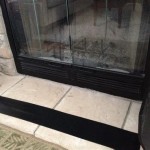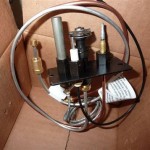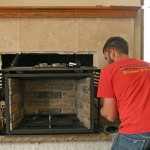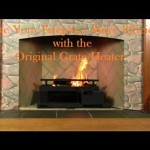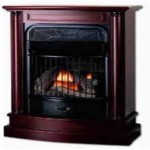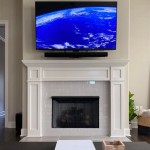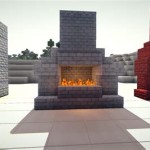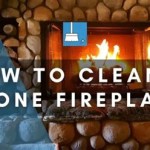Direct Vent Gas Fireplace Venting Problems: Essential Troubleshooting Insights
Direct vent gas fireplaces offer warmth and ambiance to our homes, but occasionally they may encounter venting issues. Understanding these problems and implementing effective solutions is crucial for optimal performance and safety. This article provides comprehensive insights into the essential aspects of direct vent gas fireplace venting problems, empowering homeowners with the knowledge to address them efficiently.
Signs of Venting Problems
Recognizing the signs of venting problems is the first step in troubleshooting. Common indicators include:
- Visible smoke or fumes inside the home
- Soot or stains around the fireplace or vent
- Insufficient heat output
- Unusual odors
- Frequent pilot light outages
Common Causes of Venting Issues
Direct vent gas fireplace venting problems can arise due to several factors, including:
- Obstructions in the Vent: Birds, nests, or debris can block the vent, preventing proper airflow.
- Improper Vent Installation: Incorrectly installed vents can create gaps or leaks, allowing combustion gases to escape.
- Damaged Vent Components: Cracks or holes in the vent pipe, termination cap, or other components can compromise venting.
- Negative Pressure: Exhaust fans or other appliances can create negative pressure in the home, causing combustion gases to be drawn back into the living space.
- Inadequate Fresh Air Supply: Direct vent fireplaces require an adequate supply of fresh air for proper combustion. Restricted airflow can lead to incomplete combustion and venting issues.
Troubleshooting and Solutions
Troubleshooting and resolving direct vent gas fireplace venting problems involves the following steps:
- Inspect the Vent: Check for visible obstructions, such as nests or debris. Remove any blockages carefully.
- Verify Vent Connections: Ensure that all vent components are securely connected and sealed. Tighten any loose joints or replace damaged parts.
- Assess Fresh Air Supply: Check for potential sources of negative pressure, such as exhaust fans or open windows and doors. Adjust accordingly to provide an adequate fresh air supply.
- Call a Professional: If you encounter complex venting problems or suspect internal fireplace issues, it's advisable to contact a qualified technician for professional assistance.
Preventive Measures
Regular maintenance and preventive measures can help minimize the risk of venting problems:
- Annual Fireplace Inspection: Schedule an annual inspection with a qualified technician to ensure optimal performance and safety.
- Vent Cleaning: Periodically clean the vent pipe to remove debris and prevent blockages.
- Fresh Air Ventilation: Provide adequate fresh air ventilation in the room where the fireplace is located.
- Carbon Monoxide Detector: Install a carbon monoxide detector near the fireplace to detect any potential leaks.
Conclusion
Understanding the essential aspects of direct vent gas fireplace venting problems empowers homeowners with the knowledge to troubleshoot and resolve these issues effectively. By recognizing the signs, identifying the common causes, and implementing appropriate solutions, you can ensure the safe and efficient operation of your fireplace while enjoying the warmth and ambiance it provides. Regular maintenance and preventive measures further minimize the risk of venting problems, ensuring the long-term performance of your fireplace for years to come.

Direct Vent Vs Natural Www Mygasfireplacerepair Com

Fireplace Cover To Keep Cold Air Out

What Are The Best Ways To Vent A Gas Fireplace Zoroast
Gas Fireplace Venting Explained Heat Glo
Gas Fireplace Venting Explained Heat Glo
.aspx?strip=all)
Benefits Of Direct Vent Fireplaces Regency Fireplace S

What Is A Direct Vent Fireplace Fireplaces Learning Center

What Is A Direct Vent Fireplace Fireplaces Learning Center

What Are The Best Ways To Vent A Gas Fireplace Zoroast
.aspx?strip=all)
Benefits Of Direct Vent Fireplaces Regency Fireplace S
Related Posts

